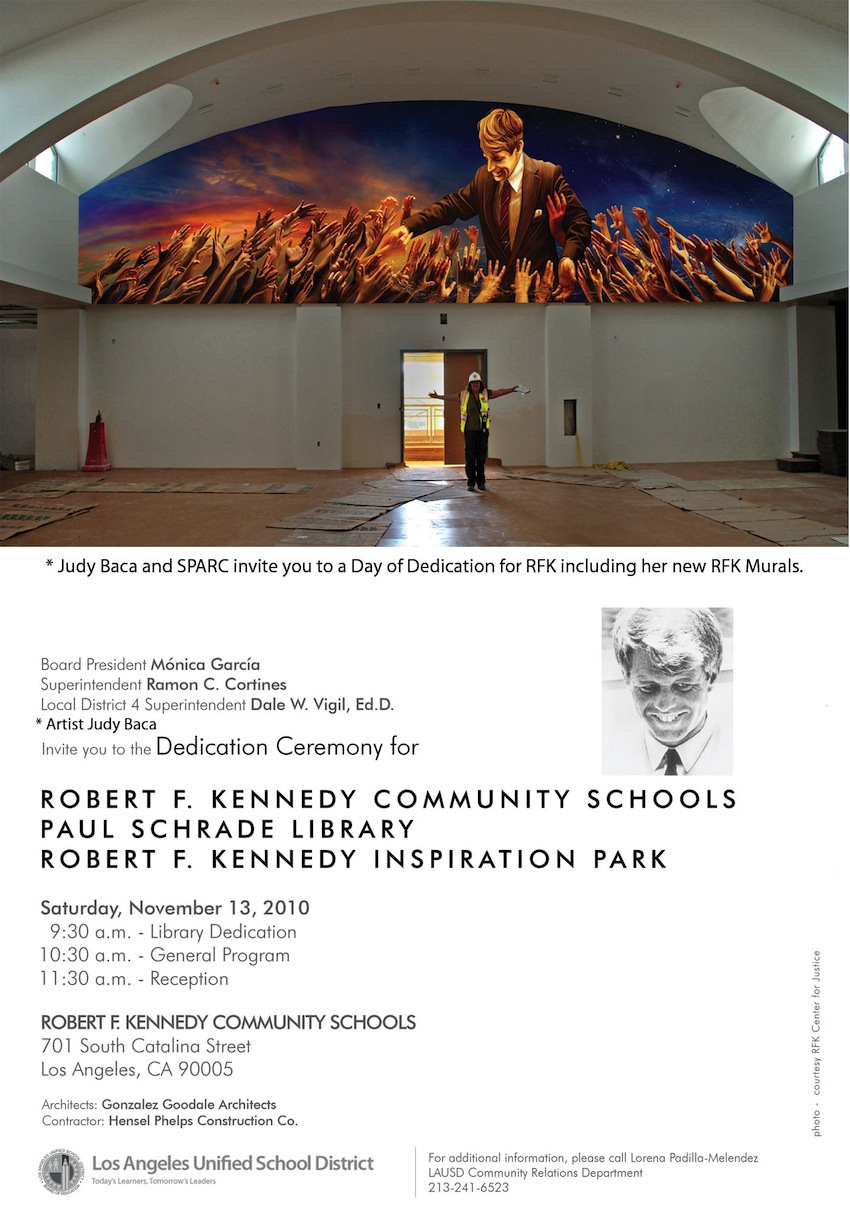Judy Baca and SPARC Invite You….


CESAR E. CHAVEZ MONUMENT The Arch of Dignity, Equality, and Justice By Judith F. Baca “It is not Cesar’s personality that is to be remembered, but his ideals and beliefs” A Pathway Towards Change Cesar Chavez’s greatest achievement was his life itself, in which his deepest beliefs were carried out daily through his actions to…